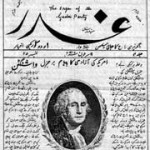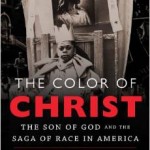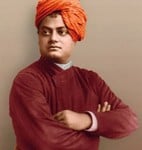Here is a story about hate in America after 9/11 in Phoenix Arizona where an Indian immigrant was gunned down, presumably because he wore a turban and beard, essential components of the Sikh faith. It chronicles the life of Rana Soda as he tries to makes sense of his brother’s murder and reconcile that crime with the American values of freedom. The video was produced for PBS and first aired on PBS in 2002. Read more
















